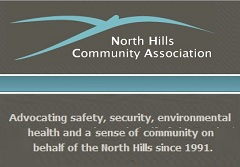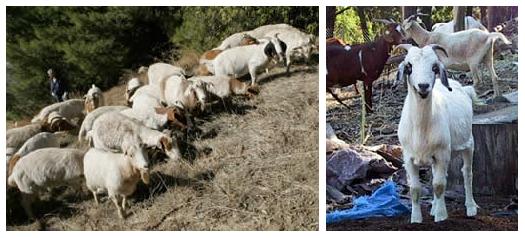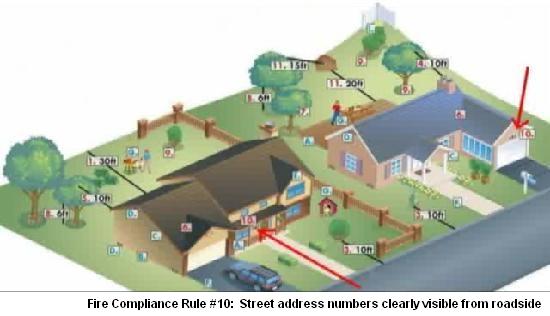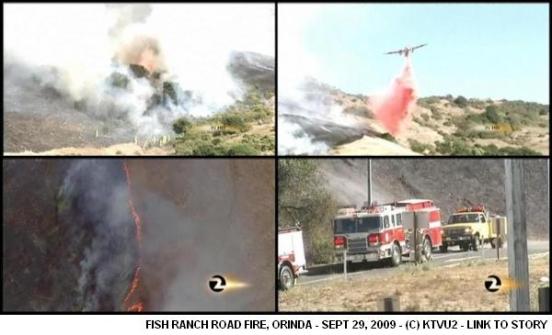Montclarions know that spring is awesome, with blooming flowers and greenery. Most of us live on forested hills, where foliage grows prodigiously this time of year. We’re all responsible for constantly trimming back and remaining code-compliant within the Wildfire Prevention District. It’s a small price to pay, to protect our domiciles from the next Diablo Winds firestorm.
 To learn more about “non-ignition zone” best practices, Montclarions and other Oakland Hills dwellers are invited to a special, free and educational Fire Prevention Meeting. Mark your calendars for this Thursday evening, from 7-9 pm.
To learn more about “non-ignition zone” best practices, Montclarions and other Oakland Hills dwellers are invited to a special, free and educational Fire Prevention Meeting. Mark your calendars for this Thursday evening, from 7-9 pm.
The North Hills Community Association (NCHA) has organized this event, featuring local experts and officials, at the Highlands Country Club (map). No RSVP is needed, and we’re asked to park on the road outside the club.
Bob Sieben, who chairs the NCHA Fire Prevention Committee, has shared this agenda:
- It’s about…six feet. The main goal is to keep the six feet around your home free and clear of overgrowth. Carol Rice will discuss which plants are appropriate and which are not in this key area. She is a natural resource manager and fire ecologist in private practice developing fire management plans with Wildland Resource Management, Inc. Clients include homeowners associations, private developers and the City of Oakland. She is the past president of the California-Nevada-Hawaii Fire Council.
- It’s about landscaping decisions. Cheryl Miller will discuss landscaping issues in the non-ignition zone. She is a registered Landscape Architect in private practice in Oakland who has worked with a wide range of construction and planning projects in the wildland urban interface in the East Bay hills. She is executive director of the Diablo Fire Safe Council and has served on the Board of the California Fire Safe Council.
- It’s about what fire marshals do. Leroy Griffen will discuss what inspectors look for in this critical area. He is the Assistant Fire Marshal for the Oakland Fire Department. (You do want to avoid those fines, right?)
- It’s about neighbor reps, too. Barbara Goldenberg attended the national wildland/urban interface fire education conference and has chaired the Advisory Committee to the Oakland Wildfire Prevention Committee.
Have you become blasé about learning new ways to protect your castles and cottages? It’s time to double check your seasonal efforts, take a look at what grows around your home, and create a larger non-ignition zone. History tells us that we’re ready for a major fire soon, since Diablo wind-fueled fires strike every two decades…like clockwork.



